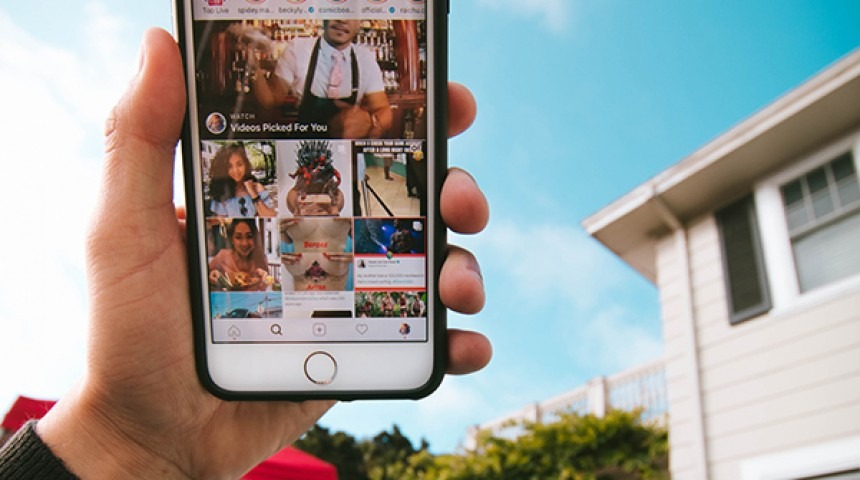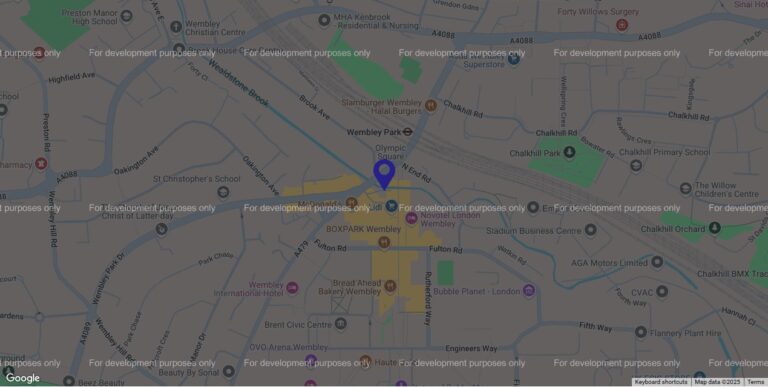Very often when I’m planning a tool or a start up with a client, they get very caught up in tiny details. Which can be very important – but if you’re a start up planning a MVP, small edge cases and caveats probably won’t make the biggest difference to your success (if they will, they’re not small edge cases). So you need to ask yourselves in that situtation – what would Facebook do? Or what would Instagram do? They are of course, one and the same.
Take for instance links on Instagram. You can’t add a URL to a post. Or if you do, it’s not clickable and tricky for a user to copy and paste. You just have the one link in your bio.
It would be so handy if you could add URLs to posts! And of course it would be possible. And of course people would use it. But Instagram have decided against it. Probably because things would get spammed. So yes they could put limits in or barriers to use it, as they have on links in stories. But again, they’ve decided not to. They want to keep people inside Instagram for longer potentially.
Whatever the reason, they’re not giving people just whatever feature they want. And links is just one example. Yes, the big guys add features and roll outs quite often, but they do them at their own pace and add the features that suit them and that they think enhance their platform for the majority. And they’re doing pretty well off of the back of that strategy with over 1 billion monthly users.
So when you’re planning your tool, don’t fall into the trap of spending more than you need to on development, or of convincing yourself that if you don’t add that overly complicated work around that suits 2% of your audience the project will fail. Remember to stay true to your USP and the purpose of your tool. Less features means a cleaner code base which is therefore easier to maintain, cheaper to look after and less prone to errors and generally a clearner UX.

